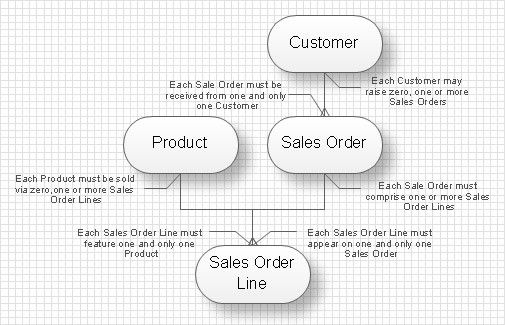Demystifying Algorithms and Data Structures for New Programmers
If you're just getting into programming, the terms "algorithmic design" and "data structures" might sound intimidating. But don’t worry—they’re not as scary as they seem. In fact, understanding these two concepts is like learning the rules of the road before driving a car. They help you build programs that are not just functional, but also efficient, organized, and easy to maintain.
🚀 What is Algorithmic Design?
Algorithmic design is about crafting step-by-step procedures (algorithms) to solve a problem. It’s not just about what you want the program to do, but how it should do it.
Common algorithmic design techniques:
- Divide and Conquer: Break the problem into smaller parts (e.g., Merge Sort)
- Greedy Algorithms: Make the best decision at each step (e.g., Coin Change)
- Dynamic Programming: Store results of previous subproblems (e.g., Fibonacci)

Figure 1: Divide and Conquer using Merge Sort
🧱 What Are Data Structures?
Data structures help you organize and store data in ways that make it easier to work with. Some of the most common include:
- Arrays: Great for index-based access
- Linked Lists: Good for dynamic insertions/removals
- Stacks/Queues: Useful for LIFO/FIFO operations
- Hash Maps: Excellent for fast key-based lookup
- Trees/Graphs: Powerful for hierarchical or networked data

Figure 2: Examples of basic data structures
💡 Example: HashMap vs Array
Let’s compare how you might store and retrieve a list of student grades.
Using an Array:
grades = [("Alice", 91), ("Bob", 85), ("Charlie", 95)]
# Searching for Bob's grade
for student in grades:
if student[0] == "Bob":
print(student[1])
Using a Dictionary (HashMap):
grades = {"Alice": 91, "Bob": 85, "Charlie": 95}
# Much faster!
print(grades["Bob"])
As you can see, a dictionary is much faster for lookups!
🛠️ How I Apply These Concepts
When I start building a program, I use this approach:
- Understand the problem
- Choose the right data structure
- Design the algorithm
- Write modular, clean code
- Test and optimize
Here’s a real-world example:
# Student Grading Program Example
students = [
{"name": "Alice", "GPA": 3.7},
{"name": "Bob", "GPA": 3.2},
{"name": "Charlie", "GPA": 3.9}
]
# Sort students by GPA
students.sort(key=lambda x: x["GPA"], reverse=True)
for student in students:
print(f"{student['name']} - {student['GPA']}")
👋 Final Thoughts
Understanding algorithmic design and data structures will take your programming skills to the next level. You'll start to recognize patterns and build more efficient code. Keep practicing, explore different scenarios, and soon you'll be designing with confidence.
Happy coding!



Comments
Post a Comment